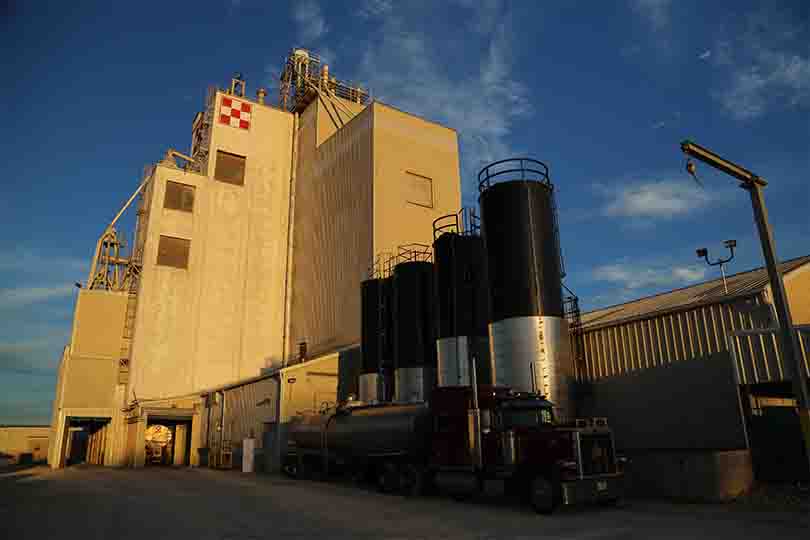By Julie Tomascik
Associate Editor
A simple formula for raising livestock? It doesn’t exist.
Each operation is different—10 chickens, 100 cows, 30 hogs. Or a mixture of all three, plus sheep and goats. Farmers and ranchers also practice a variety of management techniques, and geographic locations leave some species more susceptible to diseases.
But, no matter the size or type, one thing will be consistent for all farms and ranches—the Veterinary Feed Directive (VFD).
Spurred by consumer interest in how food animals are raised and government agencies and researchers monitoring antibiotic resistance, the directive will affect each farmer and rancher in the Lone Star State. And the U.S.
“There are connections between livestock and human health that are not fully understood by professionals in both fields,” said Tracy Tomascik, Texas Farm Bureau (TFB) associate director of Commodity and Regulatory Activities. “The VFD was developed in response to concerns of antibiotics in livestock production and the subsequent effects it may or may not have on human health.”
It goes into effect Jan. 1, 2017, bringing with it a multitude of changes.
And others involved in livestock production—veterinarians, feed mills and feeds stores—will also be affected.
The biggest change?
The VFD rule will end over-the-counter sales of medically important antimicrobial drugs intended for use in feed or water, Tomascik said. Farmers and ranchers will be required to get prescriptions for the use of feed-grade and water-soluble antibiotics. To get a prescription, livestock and poultry owners must first establish a veterinarian-client-patient-relationship (VCPR).
“In order for farmers and ranchers to have access to antibiotics under this rule, they will have to work more closely with their veterinarians,” Tomascik said. “This ongoing relationship with a veterinarian who knows the herd, its health needs and understands the dynamics of the VFD will be beneficial for all involved.”
But many small farmers and ranchers with a few cows, pigs or chickens don’t have a traditional VCPR.
“The same goes for those who exhibit animals at livestock shows. There’s going to be a lot of one-on-one education after the first of the year when the products they’re [farmers and ranchers] looking for are no longer available,” said Everett Lowe, feed division manager at Producers Cooperative in Bryan.
Administered by the U.S. Food and Drug Administration (FDA), the directive requires livestock owners to periodically renew the prescriptions. A VFD feed or combination VFD feed, Tomascik noted, must not be fed to animals after the expiration date on the script.
The medically important antimicrobial drugs can be used for prevention and treatment of disease, but cannot be used for performance.
“Market demands for poultry pulled some of the medications already,” Lowe said. “So they [poultry farmers] already have some non-medicated feed options for starter chicks, which is usually when they are most likely to get sick.”
The VFD will also slightly alter the way feed mills and distributors operate.
“This will increase the number of feeds we make available for our customers,” Lowe said. “We are currently looking at each feed with medication to see if other drugs that aren’t affected by this directive can be used, as well as offering non-medicated feeds.”
He noted some products likely won’t be as readily available from as many locations because they’re used by smaller operations. And there will be minimum order requirements for medicated feeds purchased from Producers Cooperative.
Although the VFD is another regulation for farmers and ranchers, the end effect is a decrease in antibiotics need and use.
“Medicated feeds can underscore the importance of good health. But the veterinarian-client-patient relationship will further emphasize the importance of maintaining good nutrition and sound management practices, which would eliminate the need for medicated feeds anyway,” Lowe said.

